Sean T. Allen - Storm Applied: Strategies for real-time event processing
Here you can read online Sean T. Allen - Storm Applied: Strategies for real-time event processing full text of the book (entire story) in english for free. Download pdf and epub, get meaning, cover and reviews about this ebook. year: 2015, publisher: Manning Publications, genre: Home and family. Description of the work, (preface) as well as reviews are available. Best literature library LitArk.com created for fans of good reading and offers a wide selection of genres:
Romance novel
Science fiction
Adventure
Detective
Science
History
Home and family
Prose
Art
Politics
Computer
Non-fiction
Religion
Business
Children
Humor
Choose a favorite category and find really read worthwhile books. Enjoy immersion in the world of imagination, feel the emotions of the characters or learn something new for yourself, make an fascinating discovery.
- Book:Storm Applied: Strategies for real-time event processing
- Author:
- Publisher:Manning Publications
- Genre:
- Year:2015
- Rating:3 / 5
- Favourites:Add to favourites
- Your mark:
Storm Applied: Strategies for real-time event processing: summary, description and annotation
We offer to read an annotation, description, summary or preface (depends on what the author of the book "Storm Applied: Strategies for real-time event processing" wrote himself). If you haven't found the necessary information about the book — write in the comments, we will try to find it.
Summary
Storm Applied is a practical guide to using Apache Storm for the real-world tasks associated with processing and analyzing real-time data streams. This immediately useful book starts by building a solid foundation of Storm essentials so that you learn how to think about designing Storm solutions the right way from day one. But it quickly dives into real-world case studies that will bring the novice up to speed with productionizing Storm.
Purchase of the print book includes a free eBook in PDF, Kindle, and ePub formats from Manning Publications.
Summary
Storm Applied is a practical guide to using Apache Storm for the real-world tasks associated with processing and analyzing real-time data streams. This immediately useful book starts by building a solid foundation of Storm essentials so that you learn how to think about designing Storm solutions the right way from day one. But it quickly dives into real-world case studies that will bring the novice up to speed with productionizing Storm.
About the Technology
Its hard to make sense out of data when its coming at you fast. Like Hadoop, Storm processes large amounts of data but it does it reliably and in real time, guaranteeing that every message will be processed. Storm allows you to scale with your data as it grows, making it an excellent platform to solve your big data problems.
About the Book
Storm Applied is an example-driven guide to processing and analyzing real-time data streams. This immediately useful book starts by teaching you how to design Storm solutions the right way. Then, it quickly dives into real-world case studies that show you how to scale a high-throughput stream processor, ensure smooth operation within a production cluster, and more. Along the way, youll learn to use Trident for stateful stream processing, along with other tools from the Storm ecosystem.
This book moves through the basics quickly. While prior experience with Storm is not assumed, some experience with big data and real-time systems is helpful.
Whats Inside
- Mapping real problems to Storm components
- Performance tuning and scaling
- Practical troubleshooting and debugging
- Exactly-once processing with Trident
About the Authors
Sean Allen, Matthew Jankowski, and Peter Pathirana lead the development team for a high-volume, search-intensive commercial web application at TheLadders.
Table of Contents
- Introducing Storm
- Core Storm concepts
- Topology design
- Creating robust topologies
- Moving from local to remote topologies
- Tuning in Storm
- Resource contention
- Storm internals
- Trident
Sean T. Allen: author's other books
Who wrote Storm Applied: Strategies for real-time event processing? Find out the surname, the name of the author of the book and a list of all author's works by series.



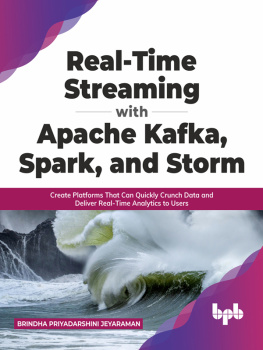
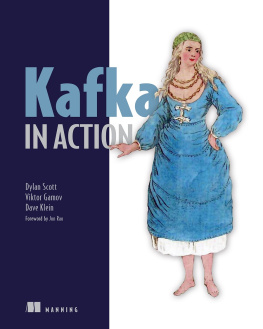
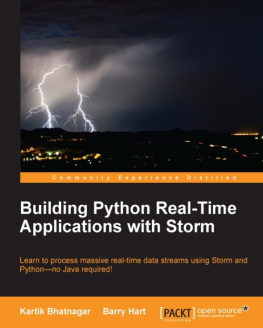

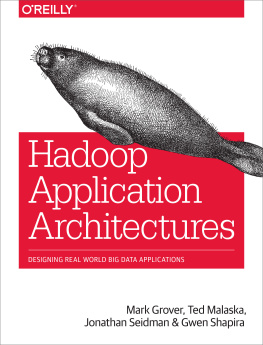

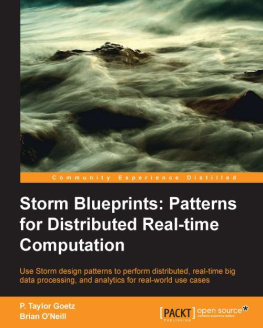
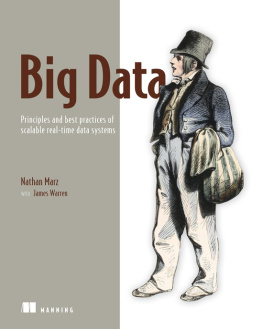
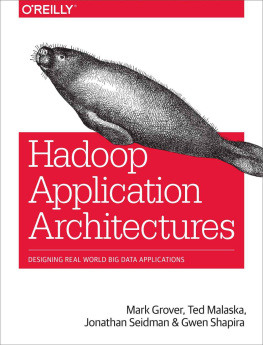

 Recognizing the importance of preserving what has been written, it is Mannings policy to have the books we publish printed on acid-free paper, and we exert our best efforts to that end. Recognizing also our responsibility to conserve the resources of our planet, Manning books are printed on paper that is at least 15 percent recycled and processed without the use of elemental chlorine.
Recognizing the importance of preserving what has been written, it is Mannings policy to have the books we publish printed on acid-free paper, and we exert our best efforts to that end. Recognizing also our responsibility to conserve the resources of our planet, Manning books are printed on paper that is at least 15 percent recycled and processed without the use of elemental chlorine.